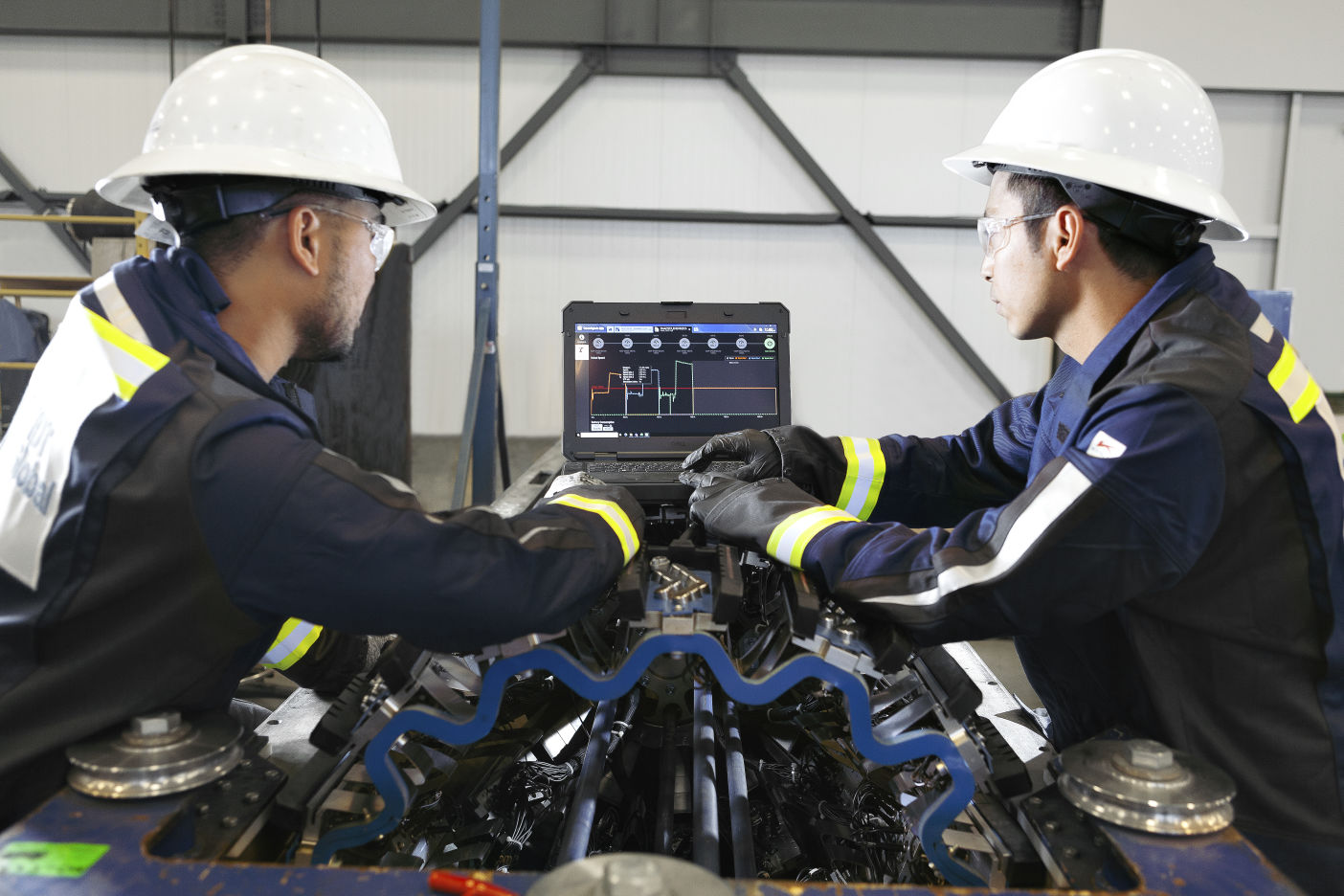The question "Why ultrasonic technologySystems used in non-destructive testing that utilize sound waves to detect, identify, and measure anomalies within a pipeline integrity test or management progr… for Corrosion Resistant Alloy (CRA)Metallic materials such as 304, 306, or Inconel specifically designed to resist corrosion in aggressive environments where corrosion resistance is critical to e… pipelines?" is often brought up when I speak with operators.
As industry demand increases for the transportation of corrosive products under extreme operating conditions, CRA pipelines have become the most prevalent choice for new construction pipelines.
Moreover, as part of a fully-fledged integrity management programA documented set of policies, processes, and procedures implemented by operators to ensure the safe, reliable, and efficient operation of pipelines throughout t…, we are also noticing an increased awareness by operators that operate CRA pipelines for the need to not only inspect the existing carbon steel base material but also the internal alloy and austenitic layers on the inner surface of the pipeline. Potential corrosionThe deterioration or degradation of a pipeline caused by chemical or electrochemical reactions with its environment. Corrosion is a significant concern as it ca… and cracking within the stainless steel clad or carbon steel, preferential pittingLocalized corrosion of a pipeline's metal surface, resulting in small, localized pits or cavities. features in the corrosion resistant alloyMetallic materials such as 304, 306, or Inconel specifically designed to resist corrosion in aggressive environments where corrosion resistance is critical to e… and disbonding between the stainless steel clad and carbon steel, all present integrityThe capability of a pipeline to perform its intended function safely and reliably throughout its life. It includes a range of factors, including the structural … threats that often need a comprehensive inspectionThe systematic process of visually examining, testing, or monitoring pipeline components to assess their condition, integrity, and compliance with regulatory re… solution.
As far as Magnetic Flux Leakage (MFL)A type of non-destructive evaluation used on inline inspection (ILI) technology in which a magnetic field is induced in the pipe wall to detect, classify, and c… technology is concerned, CRA pipelines are unable to be inspected due to the material being non-magnetic. Therefore, many operators turn to Ultrasonic Technology (UT)Systems used in non-destructive testing that utilize sound waves to detect, identify, and measure anomalies within a pipeline integrity test or management progr… for a precise, complex inspectionThe systematic process of visually examining, testing, or monitoring pipeline components to assess their condition, integrity, and compliance with regulatory re….
The principles of ultrasonic technology (UT) enable a direct measurement of the pipe wall thickness, which can inspect both CRA layers and base metal of these pipelines, provided that CRA pipe is metallurgicallly-cladded.
By applying UTSystems used in non-destructive testing that utilize sound waves to detect, identify, and measure anomalies within a pipeline integrity test or management progr… direct measurement principles, operators are sure to get an absolute and not a relative measurement of their wall thickness, which serves as a "blue-print" reference for the pipeline either immediately post construction or during its operation cycle. Furthermore, as UT relies on sound wave propagations through metals, it can be utilized on higher wall thickness pipelines, irrespective of the internal CRA.
There is also a practical awareness within the industry that the improved corrosion resistance often offered by CRA does not extend to the girth welds or heat affected areas (HAZ) because of their sensitization due to the formation of microstructural gradients and intermetallic phase recrystallizations. Higher-resolution and detection capabilities maintained by UTSystems used in non-destructive testing that utilize sound waves to detect, identify, and measure anomalies within a pipeline integrity test or management progr… in the heat affected zones by enabling non-contact direct measurement enhances the value of these inspections by addressing pittingLocalized corrosion of a pipeline's metal surface, resulting in small, localized pits or cavities. threats in girth weldA girth weld is a type of weld used in pipelines to join two sections of pipe together circumferentially. It is commonly used in the construction of long-distan… / seam weldThe longitudinal or helical (also referred to as spiral) weld in pipe that was formed by joining two pieces of metal along their edges or seams. HAZ.
In conclusion, the added accuracy and sizing capabilities of UT provides an extremely important factor for implementing a robust integrity management programA documented set of policies, processes, and procedures implemented by operators to ensure the safe, reliable, and efficient operation of pipelines throughout t… and preforming remaining lifeThe estimated duration that a pipeline is expected to remain in service before it reaches the end of its operational life. This estimate is based on various fac… assessment calculations.

